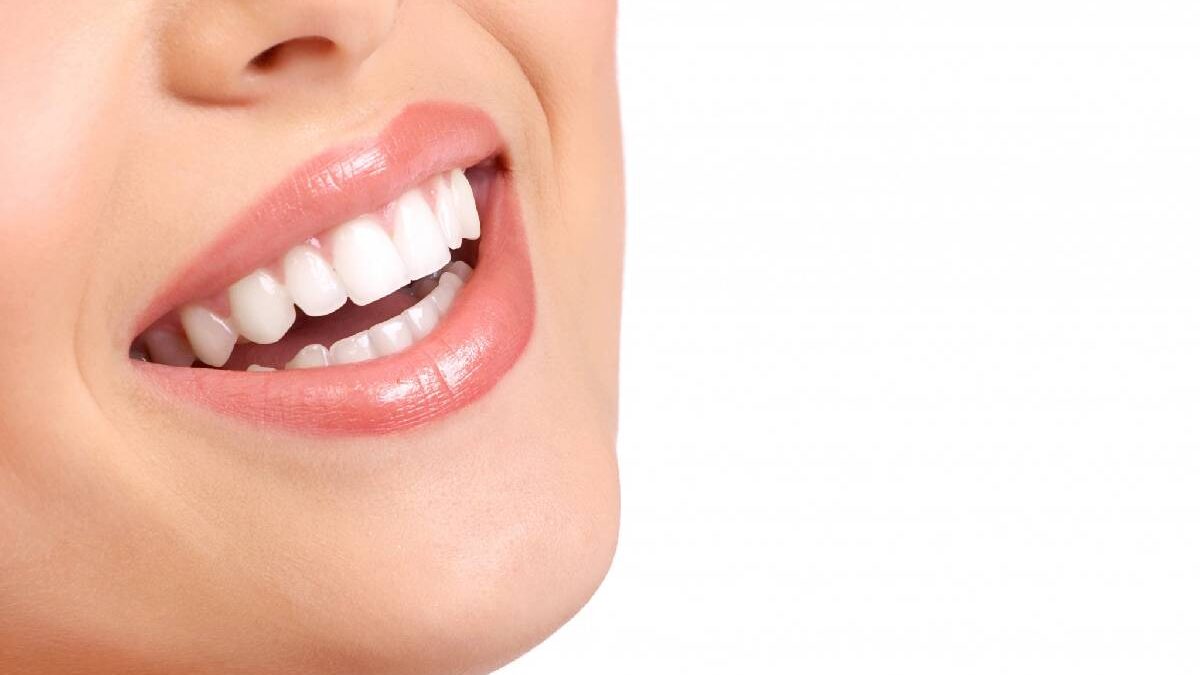
The two types of gum disease are gingivitis, and periodontitis. These two conditions are referred to by dentists as periodontal disease.
Dental experts say that individuals with periodontal diseases have inflammation and infection in the tissues surrounding their teeth. This condition can affect our gums, our periodontal ligaments and our alveolar bones (the part of our jaw that holds teeth). Learn more about periodontal diseases.
Gingivitis (Gum Disease)
It is a milder form of periodontitis. You may notice that your gums are reddened and swollen if you have this condition. Affected areas may also bleed more easily. Most people with gingivitis experience very little discomfort.
Poor oral hygiene is the most common cause. You can reverse the symptoms by taking good care of your mouth and seeking professional treatment.
Some of the risk factors for this condition include:
- Smoking
- This is a great way to get rid of Diabetes
- Genetic predisposition
- HIV infection
- Stress
- Ageing
- Hormonal imbalances
- Puberty
- Pregnancy
- Inadequate nutrition
- Substance abuse
- Certain medications can be used
According to Dr. Shanahan of Sedona, if these conditions are present in your life you should visit a dentist for a checkup at least once a year.
Periodontitis (Gum Disease)
Periodontitis can develop if you do not treat gingivitis at the correct time.
Plaque can spread and even extend beyond the gumline over time. Plaque growth leads to the production of toxins which cause pain in the gums.
Dentists claim that the toxins cause a chronic inflammation response which leads to a deterioration in the condition of the patient. The bone and tissue supporting the teeth of the patient are destroyed as the condition of the patient worsens. Pockets are formed as the gaps between teeth and gums continue to increase.
The pocket will grow deeper as the periodontitis progresses.
Some patients may experience mild symptoms as a result of the changes described above. Once the symptoms are severe, the disease is almost impossible to treat.
There are different types of periodontitis. There are several types of periodontitis.
Aggressive Periodontitis:This disease affects individuals who have no other chronic conditions, i.e. those who are clinically well. The most common symptoms of aggressive Periodontitis are familial aggregation, rapid bone destruction, and loss of attachment.
Chronic Periodontitis:A patient suffering from this condition will experience inflammation of the tissues that support his teeth. The condition is also characterized by progressive loss of bone and attachment. Adults are more likely to suffer from this condition than children.
Periodontitis due to systematic diseases: Usually, this form of periodontitis affects children. Periodontitis is most often caused by chronic diseases such as respiratory disease, diabetes and heart disease.
Necrotizing Ulcerative Periodontitis: This condition is characterized by the necrosis and destruction of gingival tissue, alveolar bones, and periodontal tissues. This disease is more common among people with systemic disorders such as HIV, immunosuppression and malnutrition.
Final Words
Regular visits to a dentist are the only way to prevent severe gum diseases like periodontitis. Your symptoms will not worsen and you will be able to lead a normal, healthy life.
